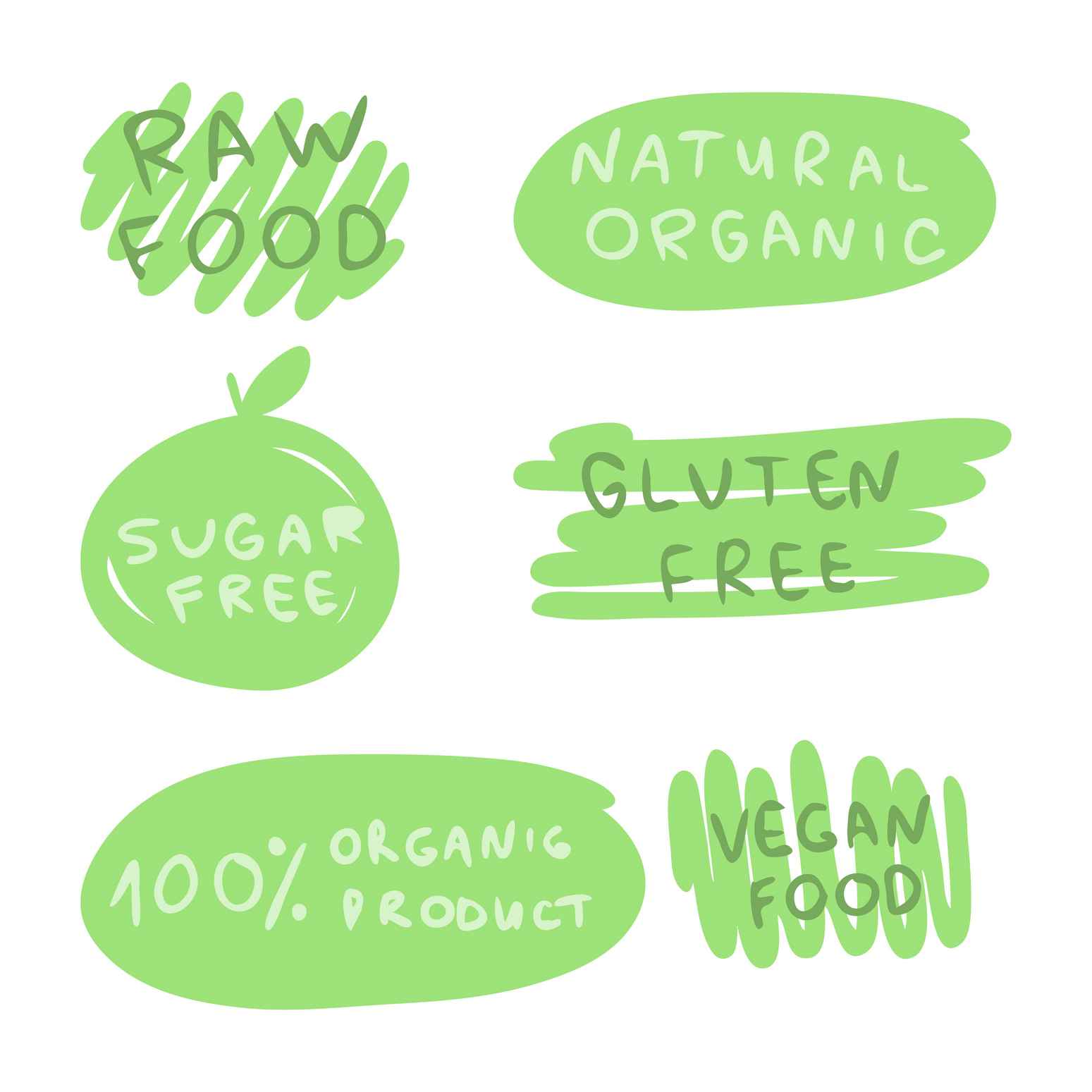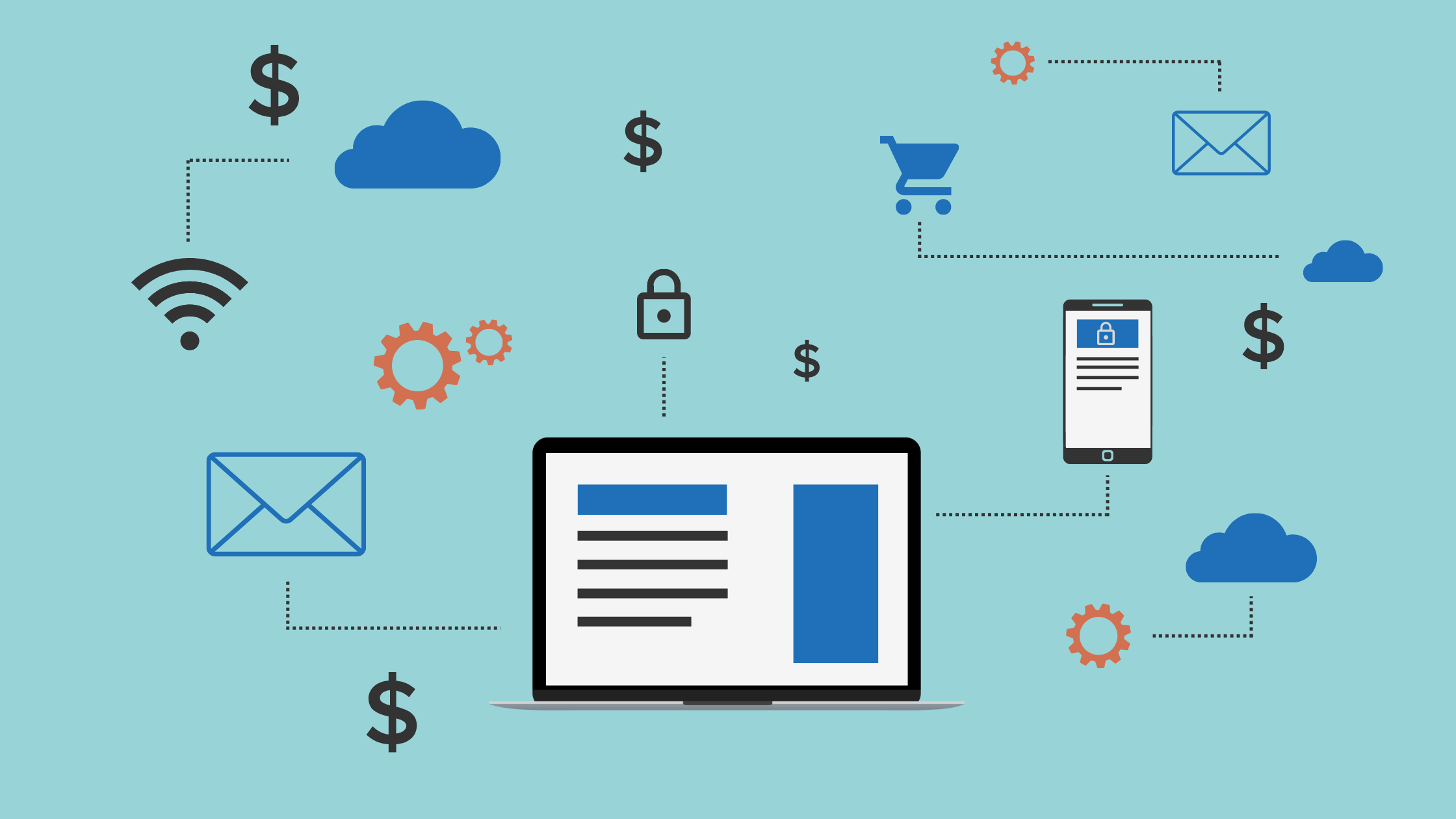Up until March of 2020, the relationships that OCS operators built with customers were mainly done through routine face-to-face interactions: regular visits from drivers and sales reps to key accounts to make sure needs were being met and exceeded. But once everything shut down due to Covid, many operators struggled to maintain some of those relationships. After all, what’s there to even do when your customers close their doors? A lot, actually.
It sounds counterintuitive, but staying top of mind when your customers don’t need your service helps in the long run. Eventually, once they are ready for what you offer, you’ll be one of the first companies they contact. This is what sales and marketing pros call mindshare, and leveraging online tools and mediums can do the trick.
While in-person meetings will always be the core of building strong relationships with your customers, reinforcing them through digital channels remains an important aspect of serving them well–a big lesson learned in the last two years. Using the right tools and technology effectively can reinforce the face-to-face relationships you’ve built over the years with your customers, and thus better serve their needs.
Out of sight, top of mind
When the pandemic first hit, and some of your best accounts suddenly shuffled employees to a remote working policy, were you in a position to routinely communicate with them?
Outside of direct phone calls and emails, were you able to reinforce the value of your service and stay top of mind so when the office did reopen, you were right there and ready to pick up where things left off?
Your answer to these questions may be yes, but a lot of operators started to go weeks even months between communicating with some of their customers.
Across many industries, companies that maintained a strong online presence using social media, their website, and email marketing were able to stay in front of their customers on a regular basis. These efforts helped them stay top of mind so when offices did reopen, and the need for their service arose, they were the ones who got the phone call.
Improve brand and customer experience
Brand. Customer experience. Blah blah blah. What is this, a college course?
On the surface, these terms might just sound like marketing speak that large, multi-national companies like Apple or Nike, who have amassed millions of customers and fans, need to worry about. So what do these ideas have to do with you? Let’s go beyond just the words for a minute.
Every company, large or small, has a certain personality to it. The way employees talk to their customers. The speed at which problems are resolved. The feeling customers get when doing business with a company. All these experiences add up in the customer’s mind and create a certain perception. That perception, which manifests itself as reputation, is your brand. In short, the term brand doesn’t just refer to your logo and the colors on your website and creative ad campaigns. Brand is your company’s personality.
As for customer experience, this relates to the specific touchpoints your customers have when doing business with you. How they order products from you, for example, creates a certain kind of customer experience. Is that a good experience or bad one, fraught with friction, frustrations, and time-consuming tasks? Your customers will decide.
It’s in every operator’s best interest then to take their brand and customer experiences seriously. Using digital forms of communication can build and improve the perception of your company, and foster positive relationships through specific experiences. Staying in touch with customers via email, promoting products and sharing insightful or entertaining content on social channels, and writing interesting articles that speak to your customers’ needs or problems go a very long way in building relationships with them.
Where to start
When it comes to executing on this, where do you begin? The tools and platforms are many, but here are some top ways to build and maintain digital relationships with your customers.
Email
An email list is like the holy grail for business owners. It allows you to communicate directly with your customers and prospects in a way that is more intimate than a shotgun approach like social media.
Social Media
Does this make social media useless? Not at all. It’s an easy way for you to continuously show up in front of your customers and remind them of the value you bring. Use it to promote certain products or create simple messages you know your customers will appreciate.
Website
This is the core of your digital relationship building, especially if you use online ordering. Getting people to your website increases the chances of them seeing everything you have to offer and helps create the desire for those products and services.
Online Ordering
As mentioned above, how your customers order from you creates an experience for them. Simple plain text emails and spreadsheets can work fine, but an online ordering platform presents a huge opportunity to give customers an experience when you’re not physically present. It’s also very convenient for customers, which makes for a great experience.
Final thoughts
It’s important to be realistic about how you approach this. No, you’re not Coca-Cola with a marketing team of hundreds and a budget of millions. So don’t set your goals and expectations too high. But rest assured that small, local businesses across the country and the world use these very tactics and channels to maintain and build great relationships with their customers, which in turn helps reel in more business.


































